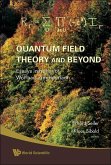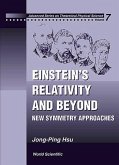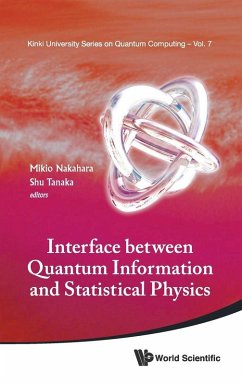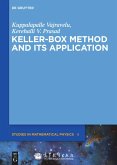Quantum Information has been greatly developed in the past decades and many protocols are now commonly tested in the laboratory. Quantum systems are now commonly employed in many laboratories in the world to explore new physical phenomena and perform cutting edge experiments. However, quantum information has also reached regimes where relativity cannot be ignored. Here we explore the role of relativistic motion of quantum systems on typical resources used in quantum information. In particular, we focus on quantum fields confined in moving rigid cavities and investigate how mode entanglement is affected by motion. We find that particle creation due to the inequivalence of quantum vacua is responsible for the change of initial entanglement between any modes in one, or more, cavities. These results are of great importance for systems currently employed in the lab, such as Bose Einstein Condensates (BECs) or microwave guides and superconducting circuit. We conjecture that these results can be tested in the laboratory and could lead to the development of new technologies.
Bitte wählen Sie Ihr Anliegen aus.
Rechnungen
Retourenschein anfordern
Bestellstatus
Storno








